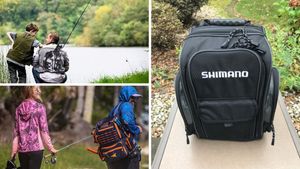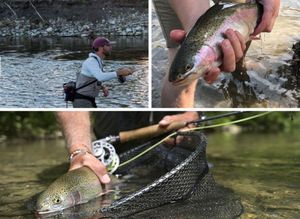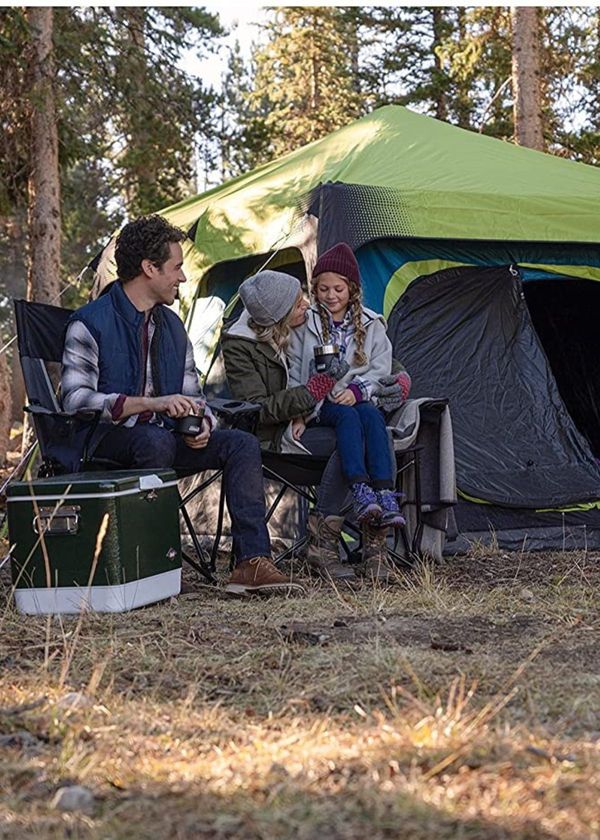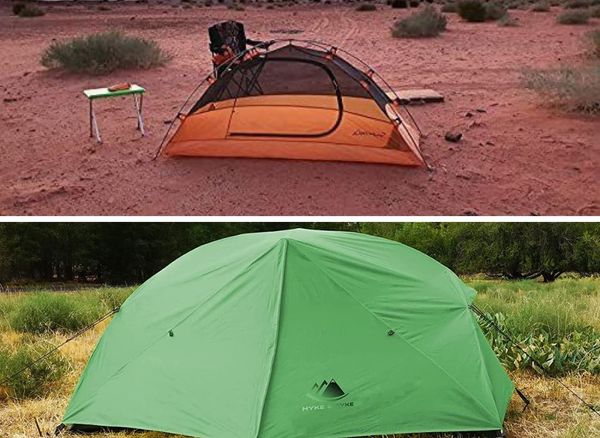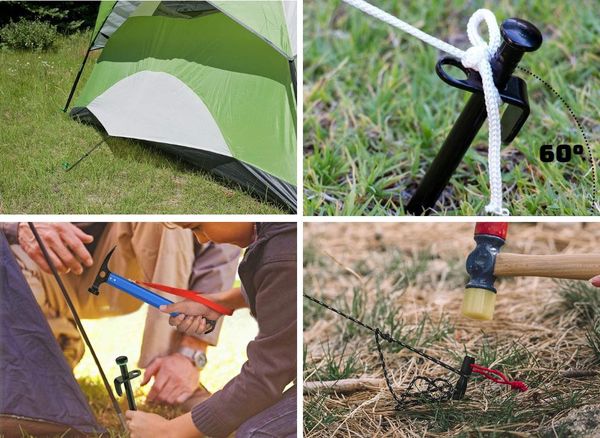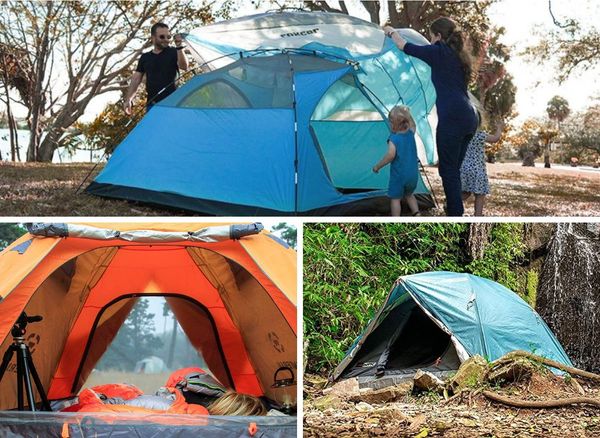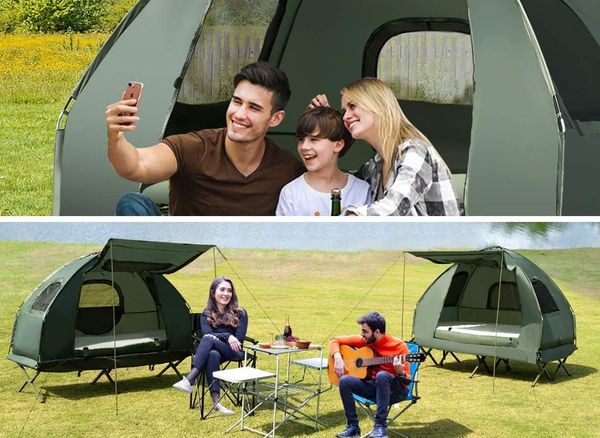Cold-weather camping requires proper preparation and knowledge. It’s important to be aware of the risks associated with cold weather camping, and know how to prepare for any unexpected conditions. Read on for some helpful tips on how to stay safe and warm during your cold-weather camping trip!
Find a Camping Partner with Experience
The best way to ensure you have a safe and successful cold-weather camping trip is to go with someone who has experience camping in cold weather. Ask around or join an online hiking forum – chances are there will be others who are looking for a partner.
If that doesn’t work out with your plans, then try to get someone knowledgeable to do a gear check with you before your departure. This will give you peace of mind knowing that all of your equipment is up-to-date and ready for the elements.
Dress Appropriately
Of course, dressing appropriately is key when it comes to staying warm in the wintertime. Layering is key - start with a base layer made of wool or synthetic materials that wick moisture away from the skin, followed by an insulating layer like fleece or down, topped off with a waterproof outer layer such as Gore-Tex or nylon shell fabric.
Make sure your clothing fits well so that air does not escape from any openings (such as cuffs) or around collars - this can cause you to lose heat quickly! And don’t forget about essential items like hats, gloves, scarves, and boots – these are just as important as the rest of your outfit when it comes to staying warm while outdoors in cold temperatures.
Pack Wisely
When packing for your trip make sure you bring items like an emergency shelter (tent), a sleeping bag rated for colder temperatures than what you think you’ll encounter, plenty of food and water supplies, flashlights/headlamps (for navigating after dark), extra batteries (in case one runs out), matches/fire starters, first aid kit, extra warm clothing (for layering purposes) – these are just some of the essentials when taking part in cold weather camping trips.
Additionally, make sure you research any potential trails ahead of time so that you can plan accordingly! The more prepared you are before heading out into the wilderness; the more likely it will be that your trip goes smoothly from start to finish!
Know How Cold It Might Get
To make sure your winter camping trip is comfortable and safe, it’s important to know the historical temperatures in the area where you will be camping. This will give you an idea of how cold it might get during your trip.
The National Weather Service (NWS) offers detailed historical temperature data on its website. Additionally, keep an eye on the forecast before you leave so that you can pack appropriately if there are any unexpected changes in temperature or other weather conditions.
Eat Well & Drink Plenty Of Water
Eating well-balanced meals full of healthy fats, proteins, carbohydrates, and vitamins helps keep the internal body temperature regulated throughout your trip; this is especially important when spending time outdoors in cold weather because food provides fuel for our bodies to burn off as energy which generates heat!
Additionally, drinking plenty of water helps regulate body temperature by replacing lost fluids; dehydration can cause body temperature to drop so it’s important to stay hydrated throughout your entire winter camping trip!
Know How to Build and Start a Fire
Even if you don’t plan on having an open flame during your camping trip, it would be wise to pack some dryer lint and matches just in case. Here are some tips and tricks for building a fire during colder temperatures.
- Gathering Your Wood: When gathering wood for a fire, the most important thing is to choose pieces that have been lying dead on the ground for at least 6 months. This ensures that the wood has had enough time to dry out, so it will burn better than freshly fallen logs. Additionally, make sure that all of your logs are no larger than 2-3 inches in diameter—larger logs will take too long to catch fire.
- Starting Your Fire: The foundation of any good fire is tinder—materials such as paper, small twigs, or even dryer lint can be used as tinder. Once you’ve got your tinder lit with a match or lighter, add small sticks one by one until they catch fire—you may need to blow gently on them if they aren’t burning well enough. Once those sticks have caught fire and created a base for your flames, add your larger logs one at a time until you have built up the desired size of your campfire.
- Maintaining Your Fire: To keep your fire going strong throughout the night (or day), make sure you rotate your logs frequently so that each side gets equal exposure to direct flames. Additionally, don’t forget to add new kindling every few hours whenever necessary—this will help keep the heat consistent and reduce smoke production in the process.
In Conclusion
All in all, if done correctly cold weather camping can be an enjoyable experience even during the chillier months. By following these tips on finding experienced partners; dressing appropriately; packing wisely; and researching trails beforehand, you can ensure that your next outdoor adventure is both safe and fun! So what are you waiting for? Get out there and enjoy nature even when Mother Nature decides she wants things chilly!

